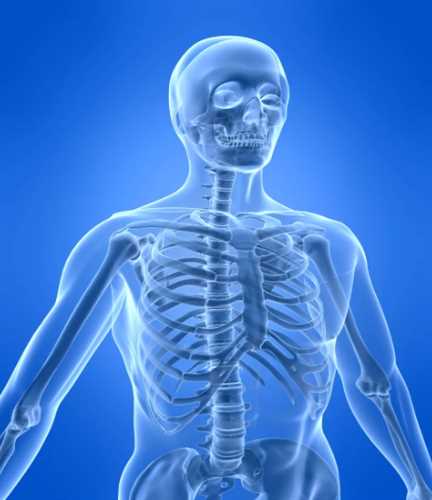The human body is made up of 206 bones, which form the skeletal system. The skeletal system provides support and protection for the body's organs and tissues. It also enables movement of the body.
The femur, or thigh bone, is the longest bone in the human body. The femur is the body's largest and strongest bone. It measures about a foot long. The femur is linked to both the hip and knee joints. The femur is the body's largest and strongest bone. It runs from the hip to the knee and bears the majority of the body's weight. The femur is roughly one-quarter the length of the human skeleton. It's also the body's heaviest bone, weighing about 5 pounds.
The femur is the longest bone in the human body, but it is not the heaviest bone. That honor goes to the bone in the lower leg called the tibia. The tibia is about two-thirds the length of the femur.
The femur and the tibia are the two largest bones in the human body. The next longest bones are the bones in the upper arm, called the humerus. The humerus is roughly the same size as the femur.

The human skeleton is made up of numerous
bones. The size, shape, and function of the bones vary. The skeleton's bones are classified into four major groups:
The bones of the head and trunk are part of the axial skeleton. The bones of the head include the skull, the jaw, and the bones of the middle ear. The bones of the trunk include the ribs, the sternum (breastbone), and the vertebrae.
The appendicular skeleton includes the bones of the limbs. The bones of the upper limb include the humerus, the radius, and the ulna. The bones of the lower limb include the femur, the tibia, and the fibula.